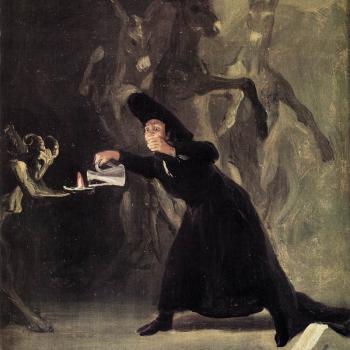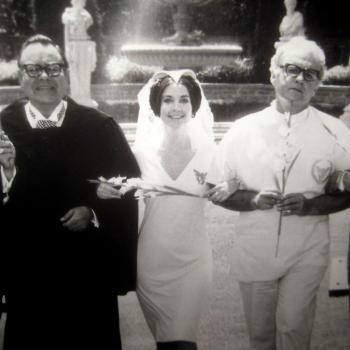
When George H.W. Bush died, he was publicly lamented as “the last WASP president,” a Republican committed to decency, in a party (and a world) gone mad. John McCain got much the same treatment when he passed away. The implication, of course, is that the modern Republican Party, especially since the rise of Donald Trump, has become an anti-liberal institution opposed to norms, normalcy, and the politic of civility and respect required a functioning political party. Joe Biden ran against this; his platform was, in essence, a “return to normalcy.” Hence the “any functioning adult for president 2020” yard signs and bumper stickers. Very funny.
This is wrong. It’s not wrong because I love Donald Trump (I do not), nor is it true because I hate Joe Biden (I dislike the guy and what he stands for, but so what?). No—this bears saying because the modern GOP provides an unexpected test case through which we can discover one of the essential features of liberalism in the Anglo word: rule by technicality.
Is that not what the Republican are in trouble for? Crushing Merrick Garland’s hopes, for example, was cunning and totally legal! Winning the electoral college while losing the popular vote is essentially the same thing—a win by technical knockout, if you will. Not allowing the Democrats to do the same when Ruth Bader Ginsburg died didn’t violate any rules. Cramming Bret Kavanugh through a Supreme Court Justice-shaped hole was—whatever the man’s personal inadequacies and sins—entirely legal, and, in fact, a skillful show of parliamentary politics, whipping your side in line when the rubber hits the road. Trump’s consistent cuts to the number of refugees we take in per annum is, well, entirely within the bounds of his power as president. Gerrymandering and vote suppression (horrible as it is to say) are perfectly, even disgustingly, legal Much the same can be said about getting it together just long enough to squeak through a tax cut—bad for normal people sure, but 100% legal, and—I’ll say it again—cunning, sly. In fact, the entire story of how the modern GOP formed—explored expertly by Anne Nelson and Katherine Stewart in their books—is a tale of nearly unbelievably solidarity by a relatively small number of people, who used money, companies, PACs, and every other legal instrument to take over one of the US’s two major political parties. It is, in other words, a story of legal stratagem after legal stratagem. The Democrats can wail and lament the loss of our precious norms (we’re living in the late Roman Republic, haven’t you heard?). But the law is the law, no matter how unjust. This is the core of the Anglo-liberal system.
This ability to bend the law and its interpretations to suit yourself has been with us forever; it, however, took on greater prominence at the birth of the liberal project. Take, for example, the beginning of the First English Civil War. This series of conflicts would eventually limit the monarchy’s power, turning England into the wonderful bastion of conservative liberalism so often praised by politicians and theorists here and across the pond. At this critical moment, as all was beginning, how did the two sides mobilize for war? They enacted competing laws! Parliament, you see, passed an “ordinance” (which was technically necessary because the king’s approval was needed for anything termed a “law”), aptly termed “the militia ordinance.” Through this law (I’m just going to call it that), Parliament could raise troops and take control of the armed bands (militias) across the country. Charles, seeing what they were up to, had his men dig through the legal record, eventually settling on the commissions of array:
The issuing of commissions of array was a medieval method of raising troops, originally introduced during the reign of Edward I, by which the King could grant the lords-lieutenant of counties powers to raise military forces in times of emergency. The statute was allowed to lapse at the end of the reign of Elizabeth I but had never been repealed. King Charles I revived commissions of array during the summer of 1642 after Parliament passed the militia ordinance. Although the commissions were criticised even by some Royalists as a dubious and antiquated device, the King urgently needed a means of calling the nation to arms without going through Parliament. (BCW Project)












